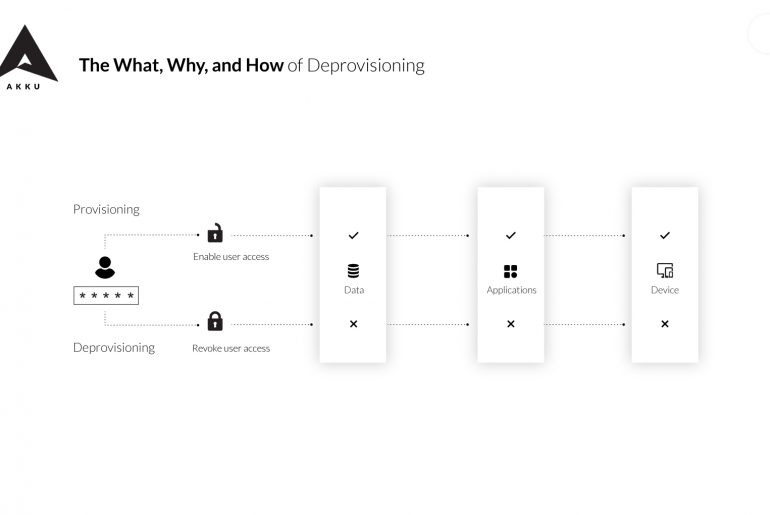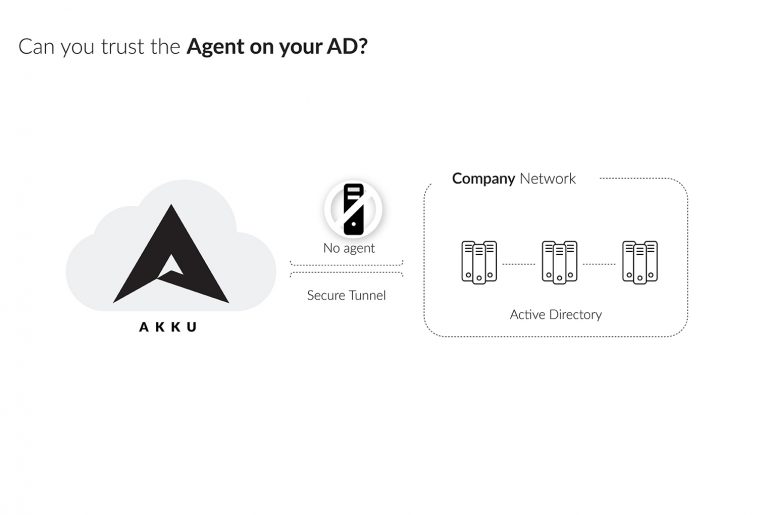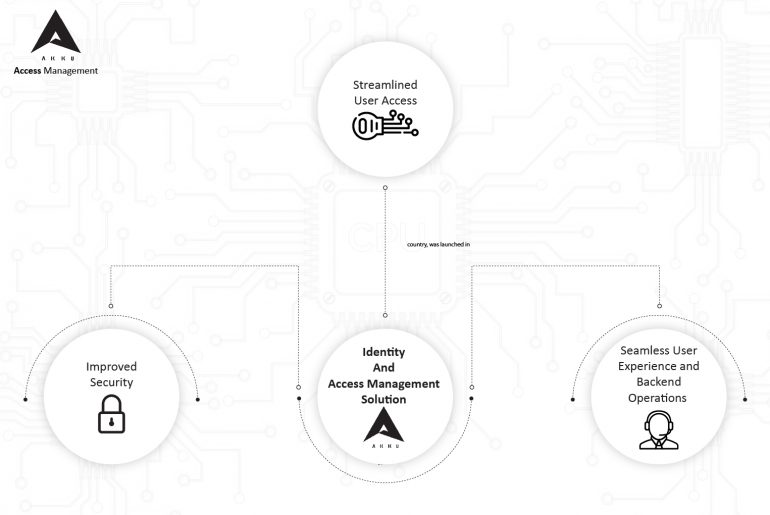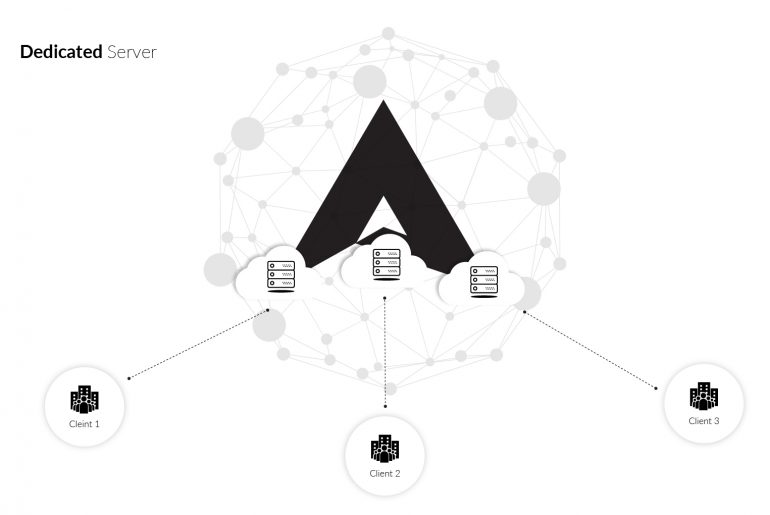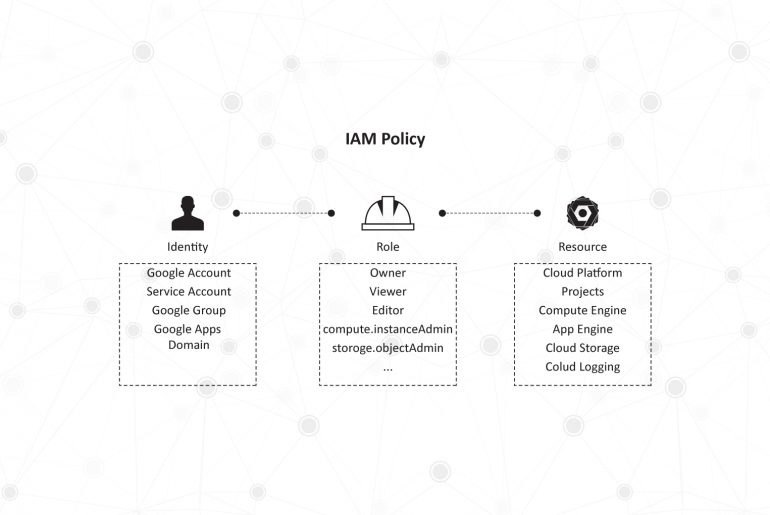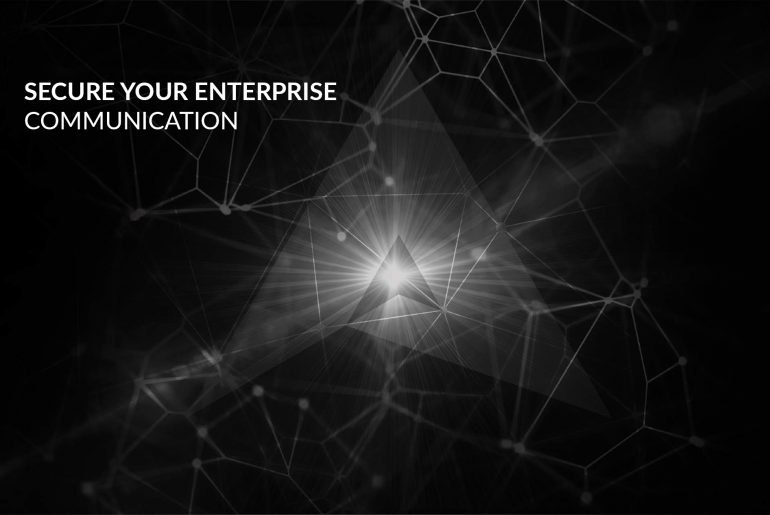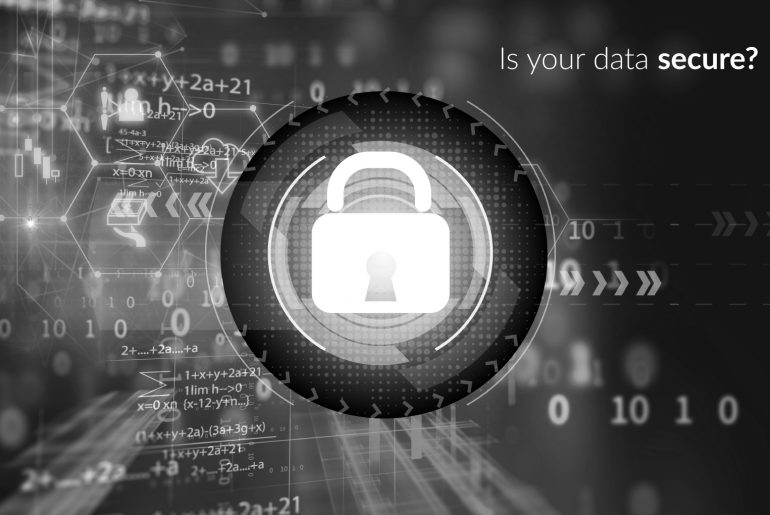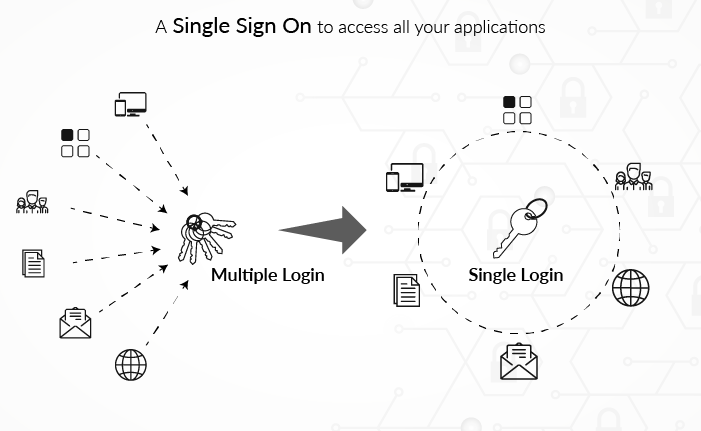What’s deprovisioning? Simply put, deprovisioning is the opposite of provisioning. While provisioning is carried out when an employee joins the…
If a company works with very few applications, user repositories would have to be mapped individually for each application. Every new user needs to be validated with each individual user directories to be able to access the respective protected application. This means that the same user has to log in separately every time he/she wants to use each application on the network. The inefficiency of this model was reduced greatly with the advent of Active Directory and LDAP.
A significant number of identity and access management solutions have the need to work with Active Directory as the repository of user information against which access is verified. Active Directory generally controls user identity and access permissions to everything from files, networks, and servers, to on-premise and cloud applications. However, integrating an Active Directory or LDAP with on-premise and cloud applications require third-party agents to be installed on your network.
Would you trust just anyone to enter your home? Or would you first confirm that you know them and they have the right to be there?
The Zero Trust Model (ZTM) of security follows a similar principle. The ZTM approach is to be aware of anything entering the company, whether from inside or outside the company’s perimeter.
ZTM simply verifies everything that requires access to the system. The approach does not necessarily decree that every request should be denied. Instead, it asks: Why is access needed? How far? How long?
Identity theft is as real as your identity and as dangerous as the one who steals it. It occurs when an unauthorized person or entity uses your personal information to assume your identity and commit fraud and other criminal activities including stealing from you, or from others in your name.
What does an identity thief steal?
Your name, address, credit card or bank account information, and even information that might otherwise seem harmless, such as photographs, information about your family members or your date of birth could be used in harmful ways in the wrong hands.
An Identity and Access Management (IAM) solution allows organizations to manage user access to critical data. It is an intermediate layer between your users and your applications/data.
Deploying an IAM solution a proven way to improve network security in an organization. A good IAM solution should also reduce the time spent by your IT team to grant access for individual applications, thereby improving architectural simplicity and reducing the load on your servers. This also means that your users have to remember only one set of credentials to access several applications in your on-premise or cloud network.
Apart from data security, data privacy represents a major area of concern in IT security today. When it comes to data privacy, all organizations are very particular about where and how their company data is being saved, and who has access to it.
This is also related to one of the major reasons why organizations still hesitate to move their data to the cloud – “who else has access to my data if I move to cloud?” Even though almost every IaaS and PaaS provider tries to build confidence in their clients through certifications by authorized agencies, many enterprises are still not convinced. The reason is that there are still areas that lack transparency, where details on their data privacy are not clearly explained and conveyed to them.
Google Cloud Platform (GCP) IAM comes as a free service that is available by default to all users of the Google Cloud Platform. GCP IAM is Google’s identity management console, enabling administrators of organizations to manage access and permissions provided to employees across the range of applications and resources that come as part of the Google Cloud Platform. The main function of the IAM is to grant specific users/roles with access to specific GCP resources and prevent unwanted access to other resources.
The fundamental building block of GCP IAM is an IAM Policy which answers the question of who (identity) has what access (role) to which data or applications (resource). This IAM Policy is made up of permissions, bundled into roles and matched by identities.
Let’s take a closer look at the concepts of identity, role, and resource as defined by GCP IAM, which make it a useful IAM solution.
Akku is a great way to control and authenticate communication channels for any enterprise.
One of the biggest threats to any organization is the possibility of a data breach, which can result in loss of data, loss of trust, and ultimately, loss of growth of the business. This makes data security a critical aspect to consider in any enterprise.
As per a survey by Forrester Research (Forrester Consulting Thought Leadership Paper, February 2017), in the last 4 years, out of every three organizations, two have had an average of at least 5 breaches. There are nearly 6 billion data records that were stolen and lost in the past 10 years. According to www.breachlevelindex.com, an average of 165,000 records are compromised every hour. According to this article published on www.csoonline.com, global cybercrime related damage is expected to exceed US$ 6 trillion annually by the year 2021.
Logging on to different applications using different user credentials every single time is frustrating, isn’t it? The use of a Single Sign On (SSO) application makes it easy to access all your applications with just a single set of login credentials. The SSO acts as the identity provider – a common platform to handle user identity and access across all your applications – and also provides authentication, authorization and access control.

